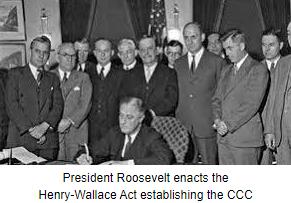In accordance with documents released, the USDA has spent $715 million on indemnity to integrators and growers since February 8th 2022. In addition, $183 million has been expended to dispose of infected flocks and $130 million has been allocated to personnel and related costs.

The USDA draws funds from the Commodity Credit Corporation (CCC), an Agency established by C in1933 during the depression to “stabilize, support and protect farm income and profit” Activities of the Agency are authorized under the CCC Charter Act of 1948. Use of funds to support control of a disease may or may not fall within the remit of the CCC that serves as a potentially bottomless piggy bank for the USDA but ultimately subject to Congress that has the option to increase the reserve of $30 billion. Requests for a financial transfusion may elicit opposition in both houses especially as some senators are opposed to intensive livestock production based on personal antipathy and environmental considerations. It is evident that HPAI is a panornitic, present on six continents and is both seasonally and regionally endemic in many nations including the U.S. Since prospects for eradication are remote, given that HPAI is introduced and disseminated by migratory marine birds and waterfowl, alternative modalities including vaccination should be considered in addition to biosecurity as a preventive measure.

EGG-NEWS has continuously advocated for adoption of preventive vaccination in high-risk areas and for susceptible segments of the industry including egg production and turkeys along the four U.S. flyways. Vaccination can serve as a means of reducing the financial and production-related costs of the infection if applied with existing structural and operational biosecurity. The obvious restraint of limited vaccination relating to export of broiler products may not be insurmountable. It will be necessary for importers to recognize the WOAH principle of regionalization (zoning) in addition to certification based on PCR assay, that flocks contributing to a consignment were free of infection at the time of processing.